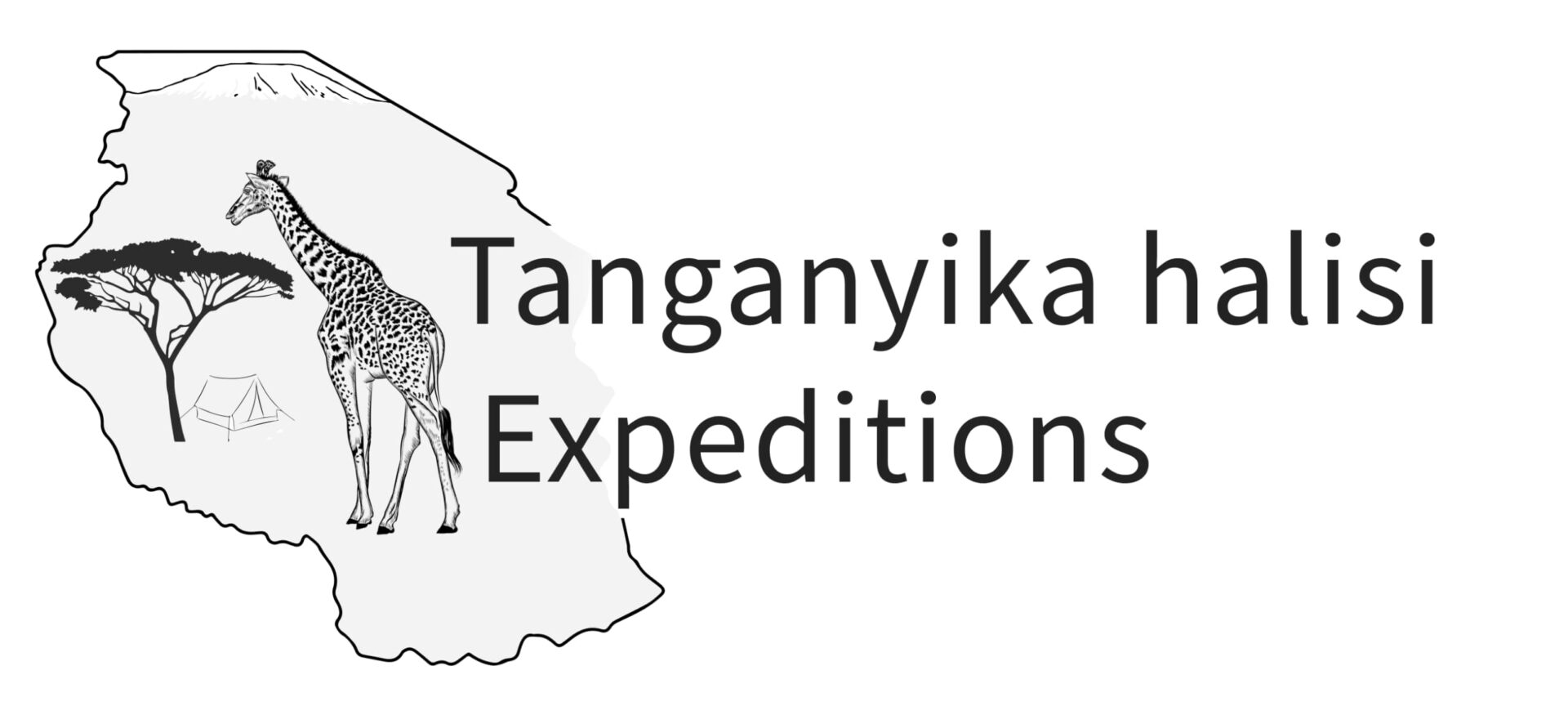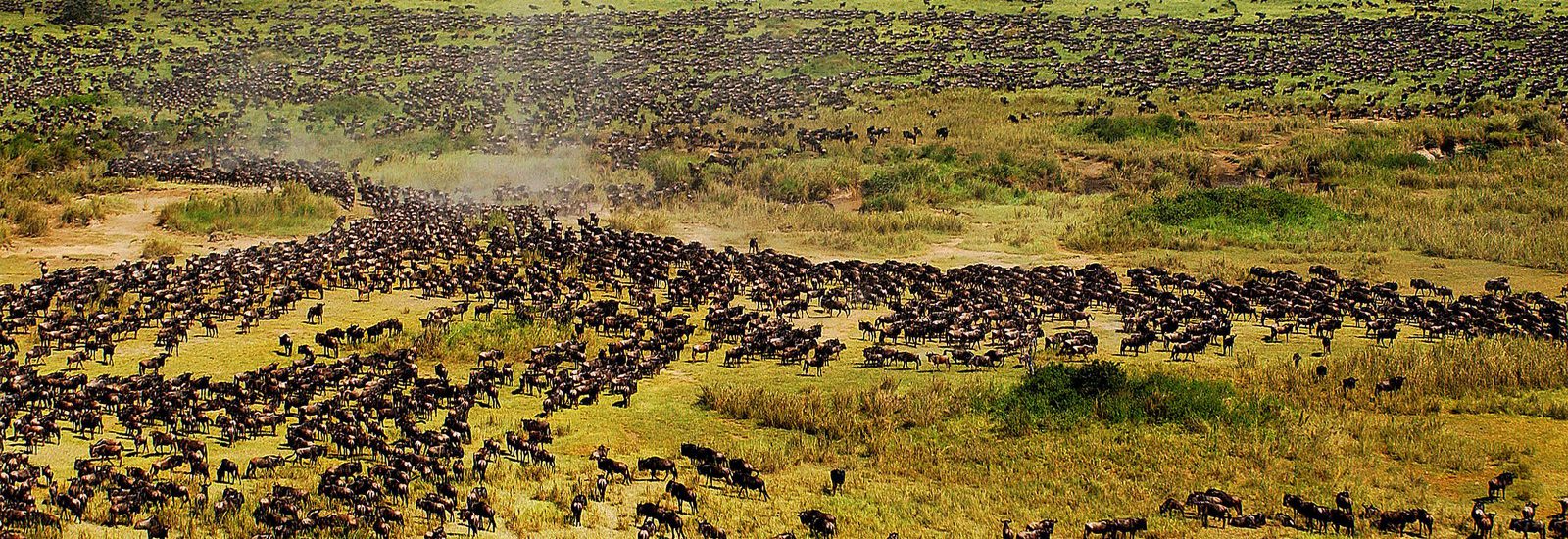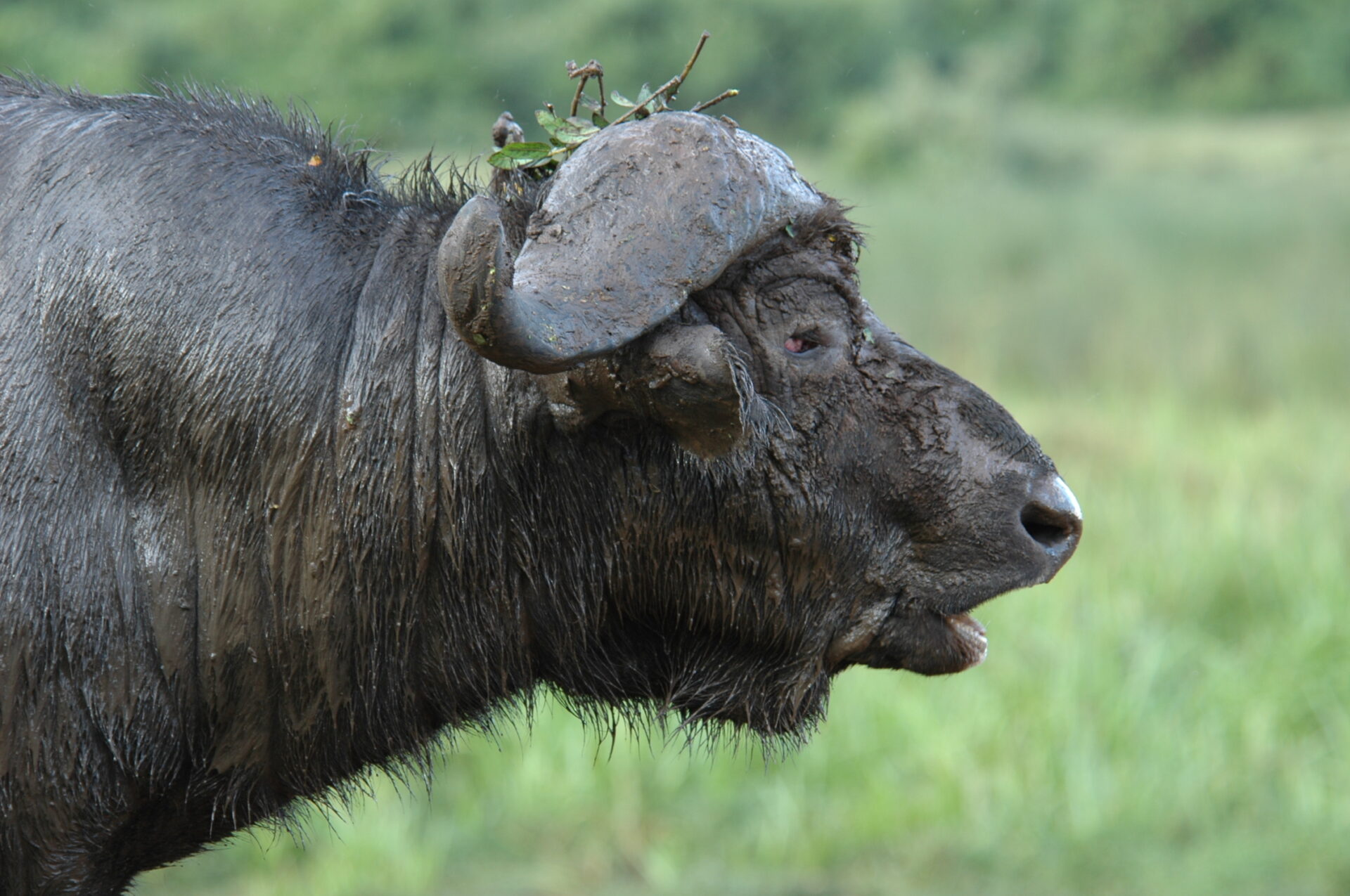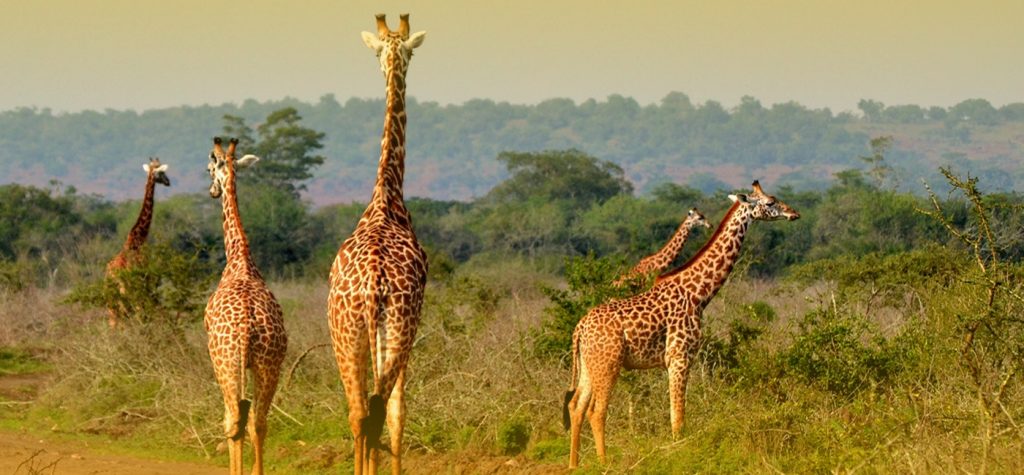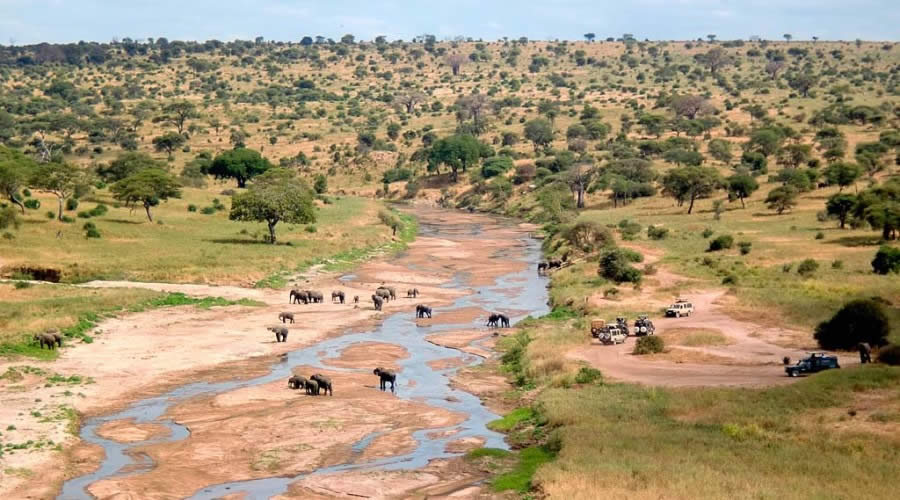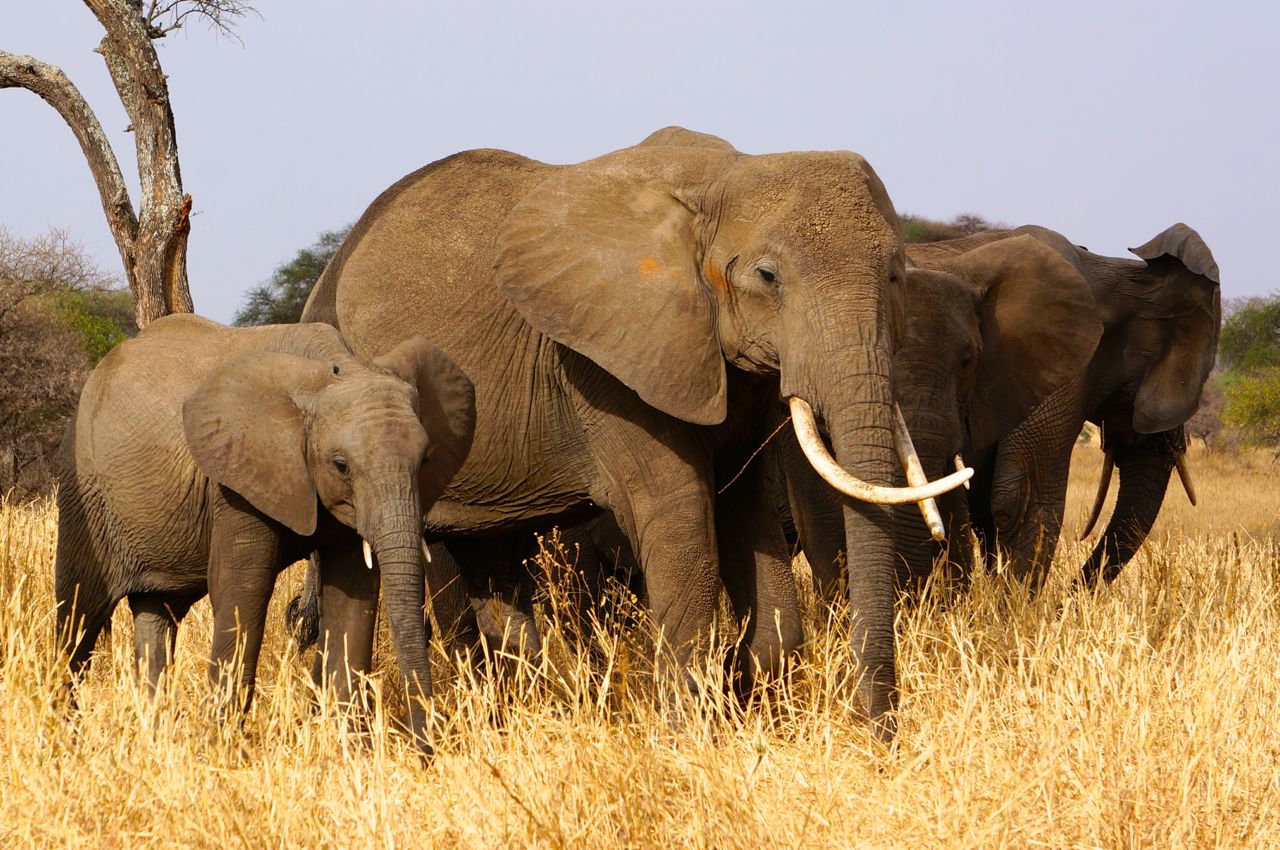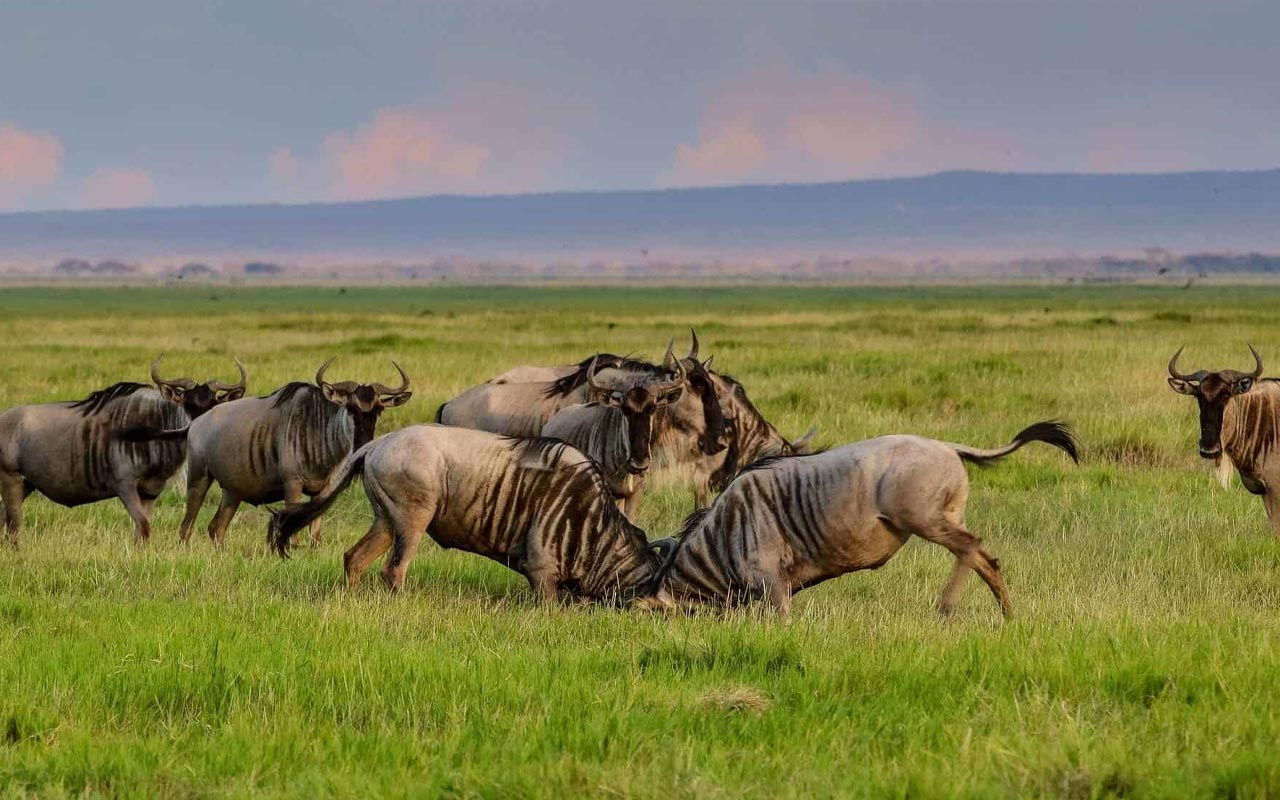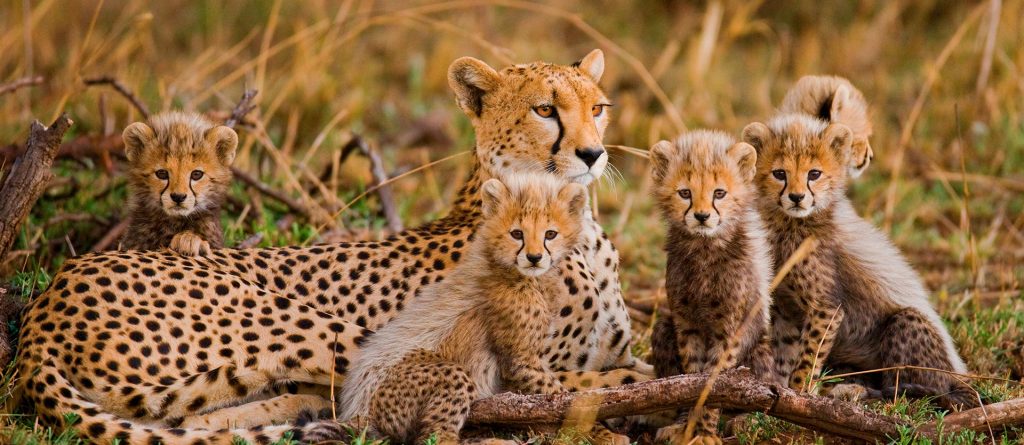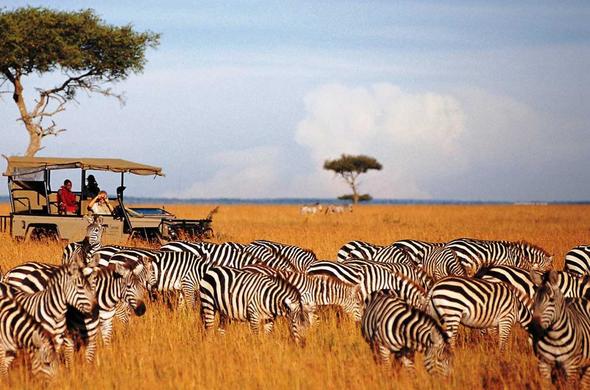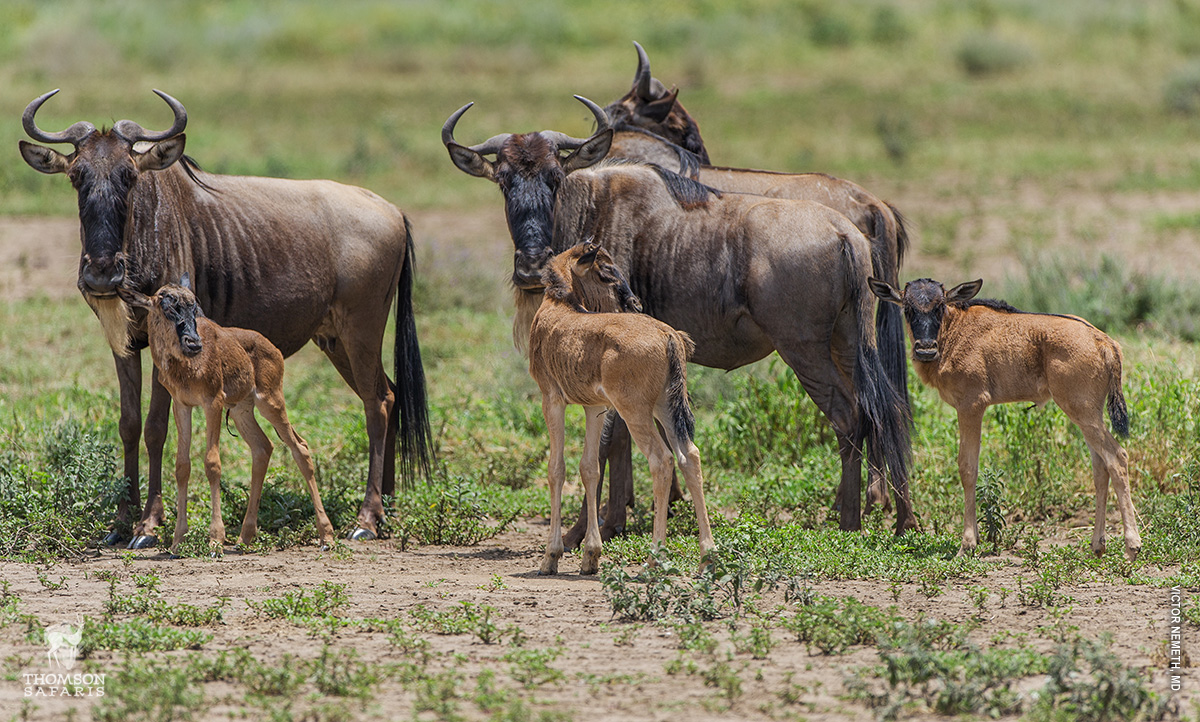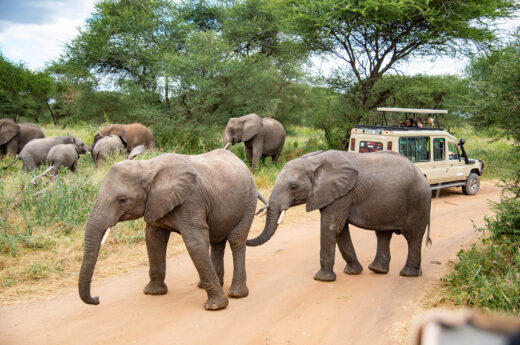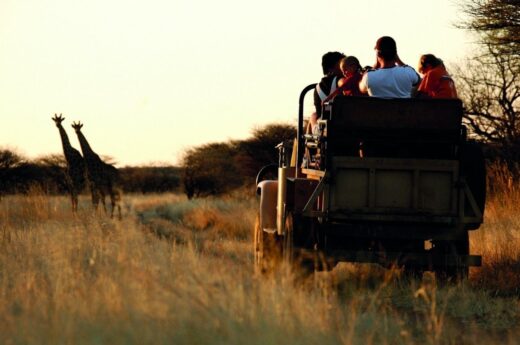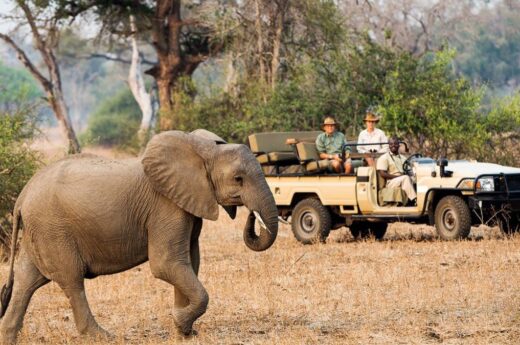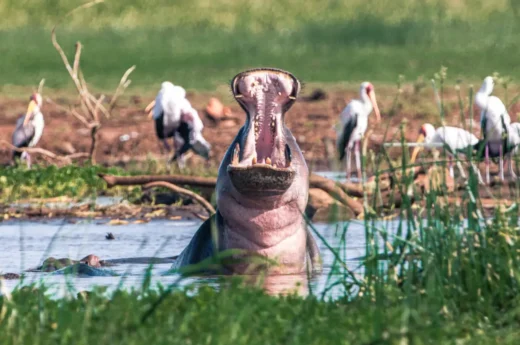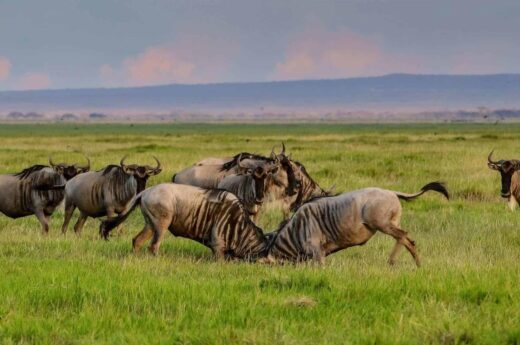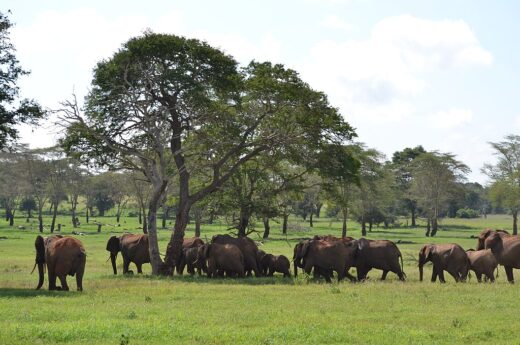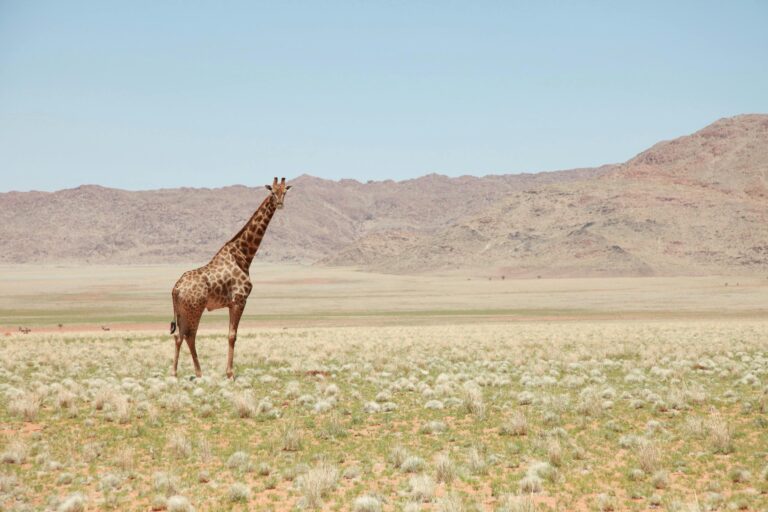
Serengeti National Park
The Serengeti, named by the Maasai, translates to “endless plains” or “the land that runs on forever,” reflecting its vast, unbroken landscapes
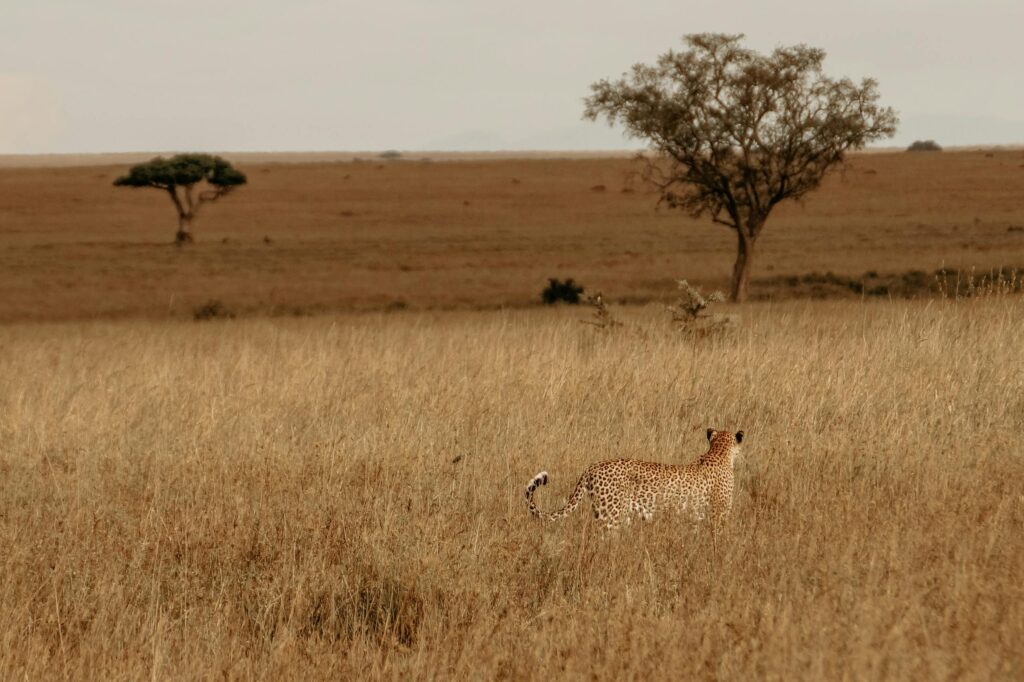
About Serengeti
The Maasai, long-time inhabitants of the area, are thought to have named the ‘Serengeti,’ meaning ‘endless plains’ or ‘land that stretches on,’ reflecting its expansive scenery.
Thought to come from the Maasai, who’ve inhabited the region for ages, ‘Serengeti’ means ‘endless plains’ or ‘the land that never ends,’ describing its wide, open spaces.
The Serengeti’s scenery includes vast open spaces, granite kopjes, flat acacia trees, and rolling plains. While just two rivers flow continuously, many gullies swell with water seasonally during rains.
Highlights
River Crossings
Migrating ungulates face a perilous journey across rivers, where predators lie in wait.
The Great Migration
The yearly migration of millions of wildebeest and other hoofed animals attracts both predators and tourists.
Predators
Due to plentiful prey, the Serengeti features the world’s highest density of large predators like lions, cheetahs, leopards, and hyenas.
With over 2 million ungulates traversing its ancient plains, Serengeti National Park is a haven for wildlife and Africa’s iconic predators. This nearly untouched wilderness offers a rich sensory experience through its diverse bird and plant life, revealing nature’s beauty and complexity. The park can be accessed by road, 335 km from Arusha, or by air, with seven airstrips serving various areas.
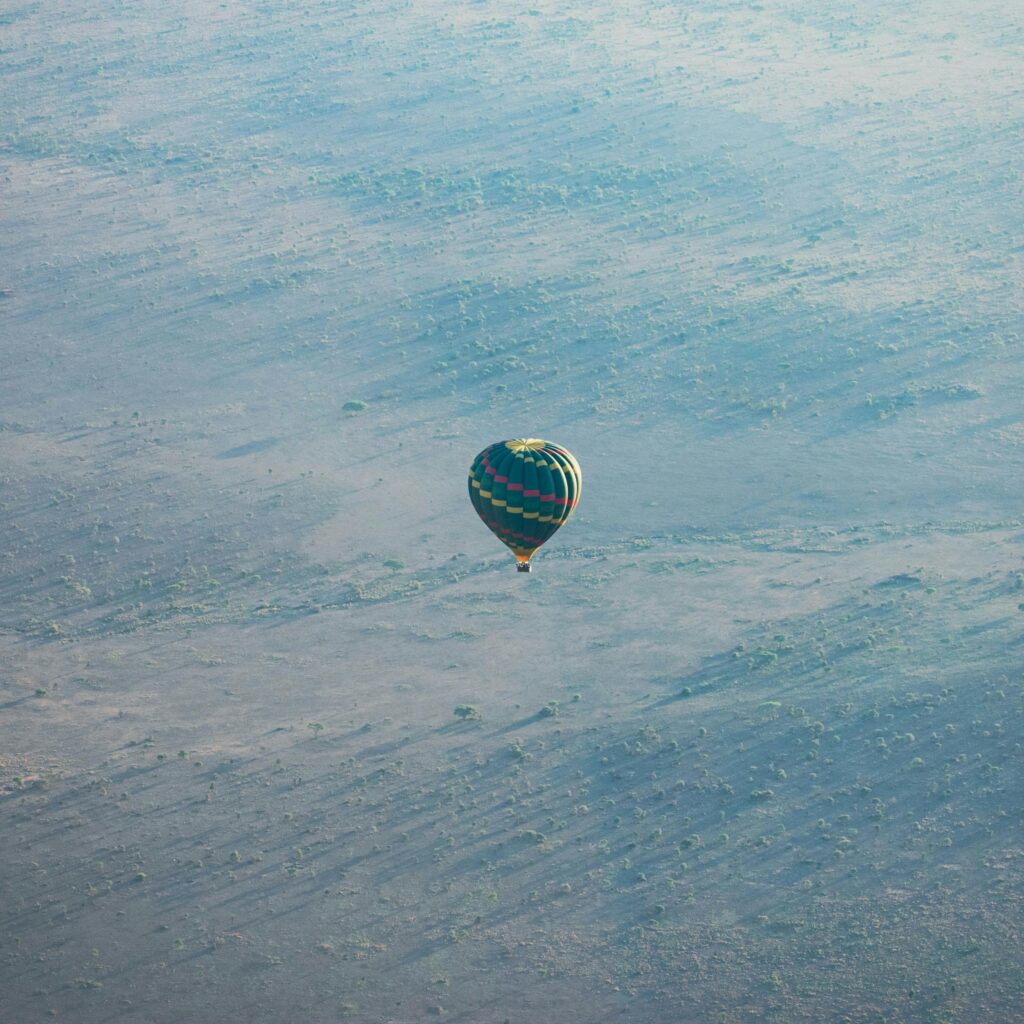
Northern Serengeti
For those seeking solitude, the area between Seronera and the Masai Mara in Kenya provides a less-visited experience with minimal infrastructure. Rolling grasslands, plentiful wildlife, and dramatic Mara River crossings during migration (June-July and September-November) characterize the landscape. The Lobo Valley, known for predators, giraffes, elephants, and topi, is best explored in the dry season when wildlife gathers at Bologonja Springs and the salt lick.
Central Serengeti (Seronera)
Known as Africa’s Big Cat Capital, Seronera Valley is a frequented Serengeti spot due to its lodges and main airstrip. Tourist numbers are high, especially during peak times, which can affect game viewing. However, the valley is rich in wildlife, like zebras, wildebeests, antelopes, and elephants, making it ideal for predator sightings. The acacia savanna terrain facilitates easy game spotting, and the Great Migration crosses through April to June and October to December.
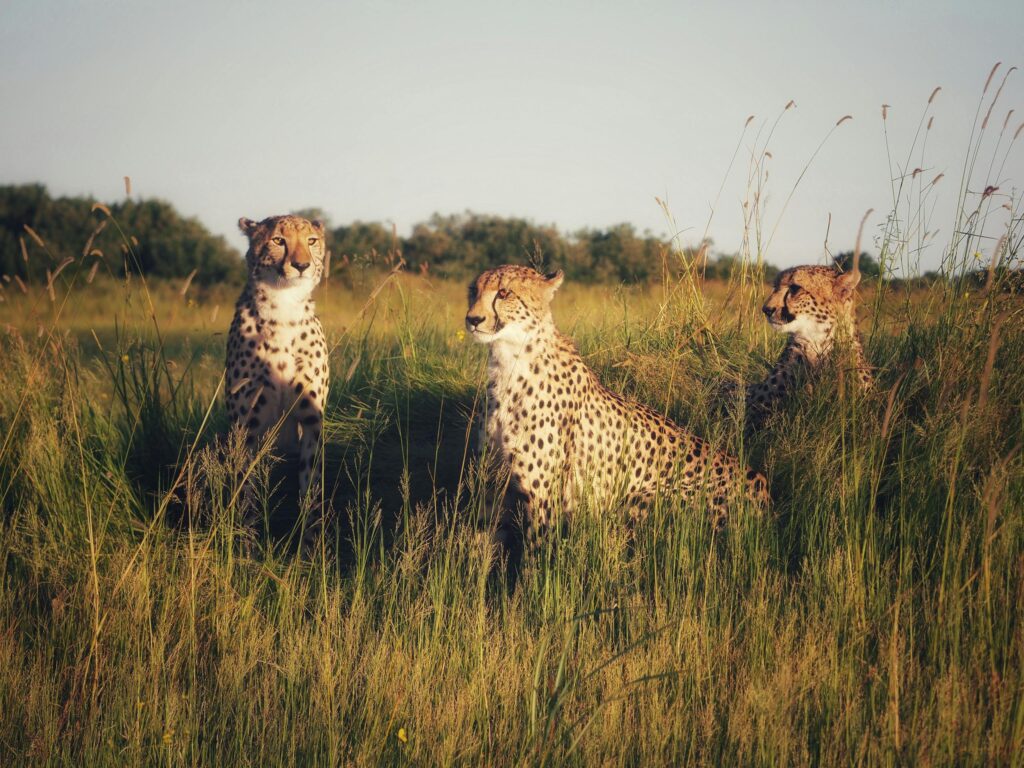
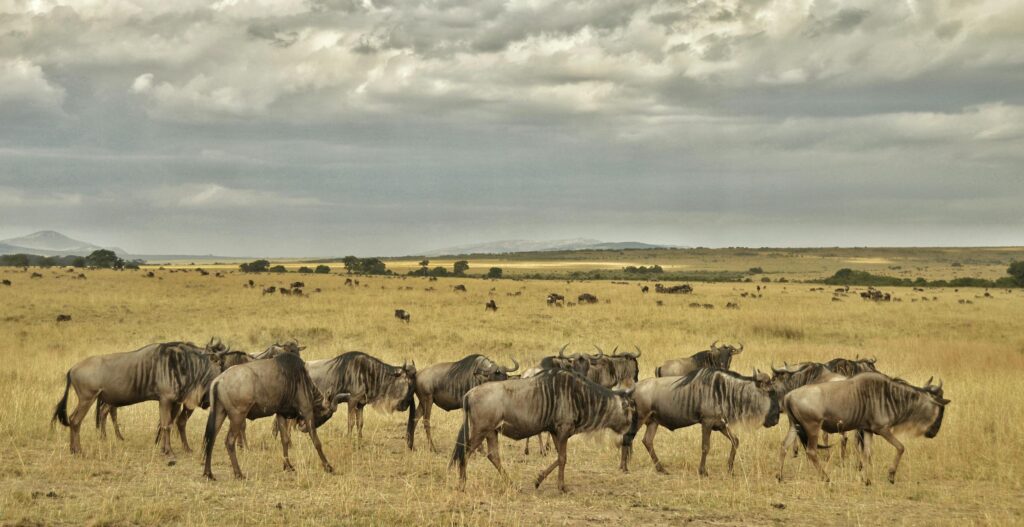
Western Corridor and Grumeti
For a spectacular view of the Great Migration, the Western Corridor in the Kirawira region is ideal. From May to July, migrating herds endure the dangerous Grumeti River, with its fast waters and crocodiles. Post-crossing, land predators await. Beyond this period, the area is peaceful, showcasing diverse landscapes ending at Lake Victoria. Notably, it’s the only Serengeti spot for colobus monkeys and kongoni antelope, within its forests and dense bush.
Southern Serengeti
The massive wildebeest, zebra, and antelope herds stop their migration from December to May on the southern Seronera plains, close to Ngorongoro, for calving. Thousands of calves are born in February, quickly learning to walk and run to prepare for the dry season’s northward journey. This abundance of young draws predators, leading to fierce competition for easy meals.
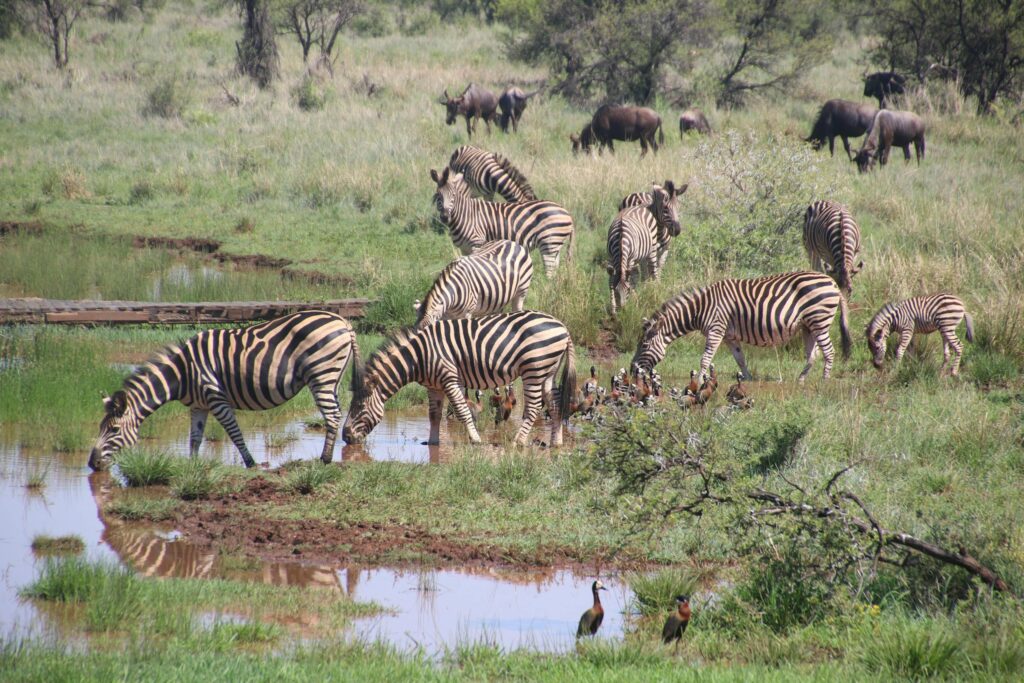
Weather and Climate
January to February –For optimal wildebeest calving and predator sightings, this is the ‘Best Time.’ Expect a dry spell between rain periods, but its exact occurrence is uncertain.
March, April & May – During the ‘Long rains,’ expect the heaviest rainfall, with most days seeing rain, but not continuously. Cloudiness is typical.
June, July, August & September –During ‘High Season,’ expect occasional cold spells, with near-freezing temperatures. Mornings are typically cold. Animals are easier to spot as they congregate around water sources, and vegetation thins.
October – Late October could mark the start of the short rains, if they arrive ahead of schedule.
November & December –An erratic month-long rainy period, the ‘Short rains,’ falls between November and December and generally won’t hinder your safari.
Activities
Discover a range of Serengeti activities, such as exciting safaris, cultural interactions, and aerial adventures, for a deep dive into nature and tradition.
Game Drives
Venture into the Serengeti’s wide-open spaces and witness wildlife in their natural setting through guided safari experiences.
Hot Air Balloon Trips
Witness the Serengeti’s breathtaking scenery and wildlife from above in a sunrise hot air balloon flight.
Night Game Drives
Observe wildlife’s nighttime habits and uncover the Serengeti’s secret nocturnal sights on expert-led night drives.
Masai Cultural Experiences
Immerse yourself in true Masai traditions during a village visit, discovering their customs, dances, and way of living.
Bush Dinners
Experience a deluxe meal outdoors, under the Serengeti’s stars, with the sounds of the wild as your backdrop.
Bird Watching
Discover the Serengeti’s rich birdlife, identifying diverse species in this haven for bird enthusiasts, home to over 500 types.
